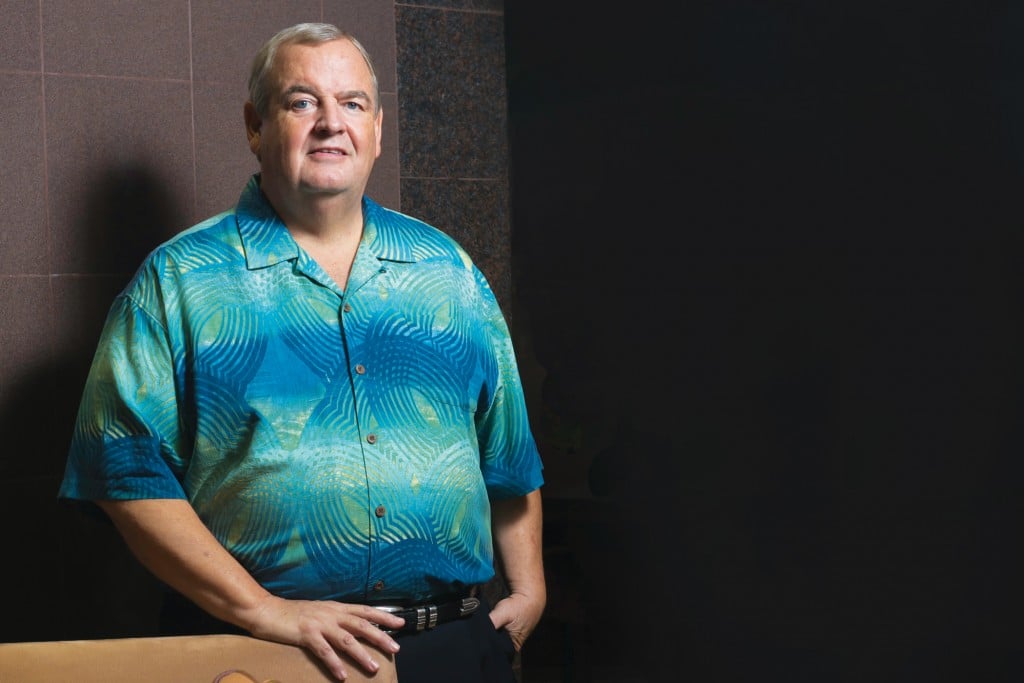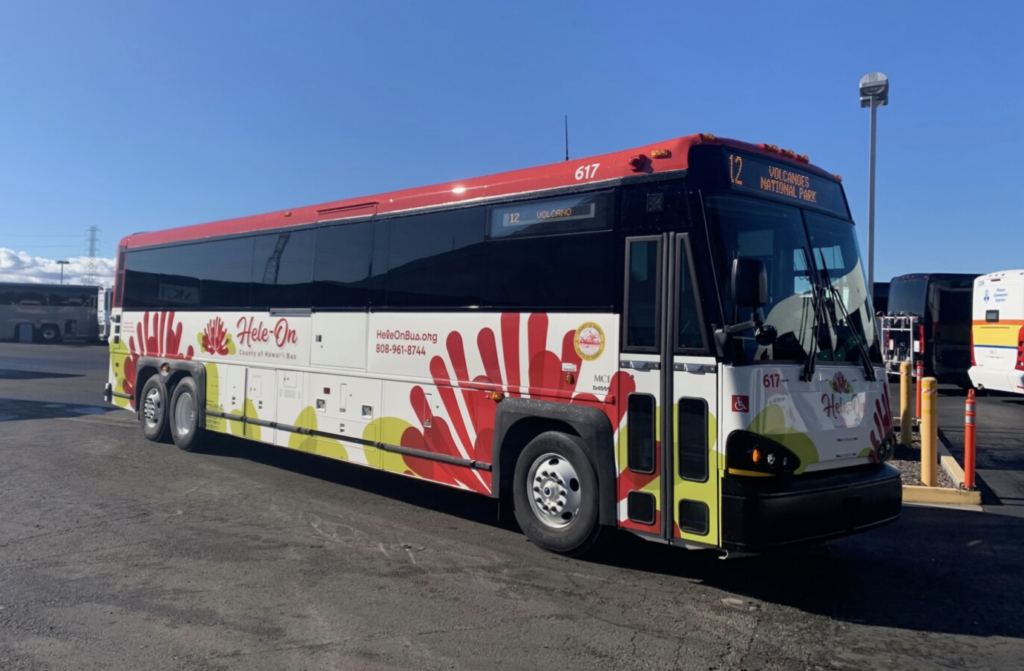Talk Story with Bill Spencer

Spencer is a serial entrepreneur who has served as president of HVCA since 1999. He talks about venture capital in Hawaii following the death of Act 221 and his plans for offshore fish farming using his patented 200-foot wide “Oceansphere.”
What are the current trends in venture capital in Hawaii?
I would say there are no trends. Since Act 221 ended, incentive and motivation to invest in things has really gone off the cliff. DBEDT was able to attract some money from the (U.S. Department of the) Treasury to stimulate venture investing, but, unfortunately, many of the folks that would have liked to participate couldn’t. That’s because the way the funding was granted, there has to be a match, so the private-sector entity has to match the money that DBEDT has to work with. No one has been able to come up with $2- or $3-million bucks to match.
How has the death of Act 221 affected Hawaii’s high-tech future?
I wouldn’t say it has affected the future of high-tech here, but I would say that it has affected the pipeline of money. There are a lot of companies that were seeded with Act 221 money. Now they’re struggling to grow and attract more money. Some of the funding I got (for Hawaii Oceanic Technology) was Act 221 funding, but now I’ve had to look all over the world to find funding that will take us to the next level. There are still a lot of tech companies that receded. They are working hard to get over their research and development hump and get to commercialization.
Why has Hawaii always been starved for venture capital?
It’s difficult because the people that have money here have their comfort zone in real estate. It’s not in tech or biomed or any of the areas that you would consider to be strategically unique to Hawaii. And there haven’t been that many home runs here where the guys that would have made a lot of money would turn around and invest it back.
It’s going to either take another catastrophe in the economy that reminds us we can’t be dependent on tourism, or it’s going to take a couple of home runs within the entrepreneurial community that show people we’ve got talent, we’ve got resources and we’ve got strategic advantages that should be invested in.
You started your company, Hawaii Oceanic Technology, in 2006. Where are you now with the permitting process?
It’s taken me six years just to get all the permits in place to execute my business plan. The Army Corps of Engineers Section 10 permit has still not been granted. It’s basically where the Army Corps needs to consult with NOAA and the State Historical Preservation Office because we are an obstruction in the water, so they need to make their own determination and assessment of our plan. There’s no telling when it will be granted, but, after it’s granted, we can start with one sphere and will apply for a permit for more.
What problems have you seen with the regulatory process?
Basically there are questions that you can’t answer about your idea until you can implement it. Is it going to attract sharks? Maybe. Is it going to attract turtles or seals? Probably not. This is one of the problems with the regulatory process. Don’t get me wrong. I’m happy to have been held to the highest possible standards that the state and the feds can impose, because having gone through it now, it’s going to be very hard to criticize us. But the precautionary principal that drives permitting says that you have to bend over backward to prove a negative. To prove that whatever you’re doing will cause no harm, will have no impact, when you’re doing something that’s never been done before is impossible. So therein lies the real conundrum of our permitting process.
These spheres are huge. What does it take to build them?
One of the first things we did was hire SAIC (Science Application International Corp.) to do a feasibility engineering analysis and review. The sphere is a big, bold concept. Among the things we asked them to find out is if all the technology that is going to allow this to happen, exists. With the exception of the sphere itself, everything we need to build and operate the sphere is commercially off the shelf. For example, keeping an oil-drilling platform in geostationary position, unmanned underwater vehicles, ocean water quality monitors and the whole host of sensors that we hope to use in our business exists. It’s just a question of packaging them in a way that fits our unique application, which is a stationary, submersible fish-farming platform that’s not tethered to the ocean floor. That’s what our patent is. The patent was granted in October 2011, faster than we could get all the permits.
What else makes this fish farm unique?
We’re the only company in the United States that has an open-ocean lease in deep water. We’re the only company in the United States that’s devoted to farming yellow fin and big eye tuna. The technology, once we prove it, has incredible potential not just for Hawaii, but globally. Our business is not a fish-farming business. Our business is selling the Oceansphere to the world. The whole purpose of getting a patent and doing something innovative is to show the world a better way to do something. And one of the biggest, most pressing problems that not only faces the United States, but the rest of the world, is food. And seafood in particular. Because the oceans have reached maximum sustainable yield. The maximum you can pull out of the ocean on an annual basis is about 90 million tons of seafood and we’re already over-exploiting ocean resources.






